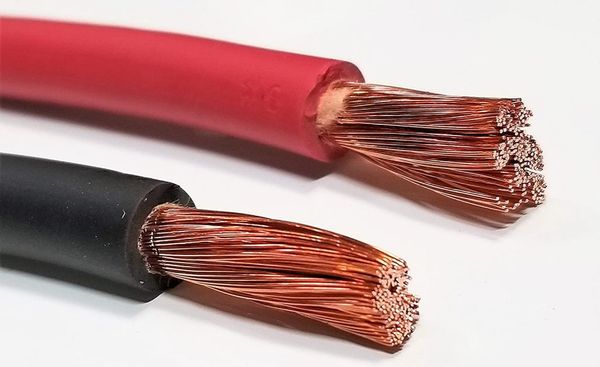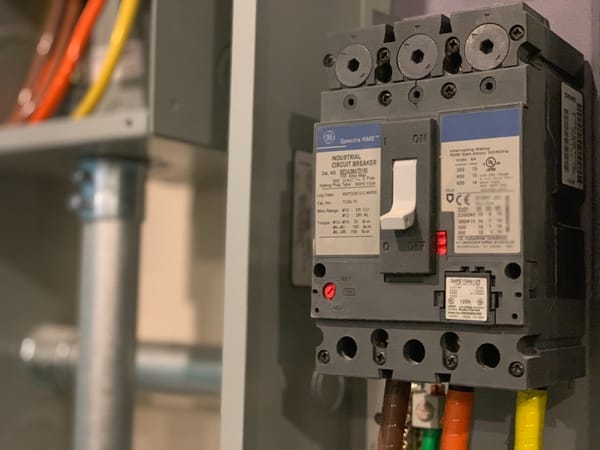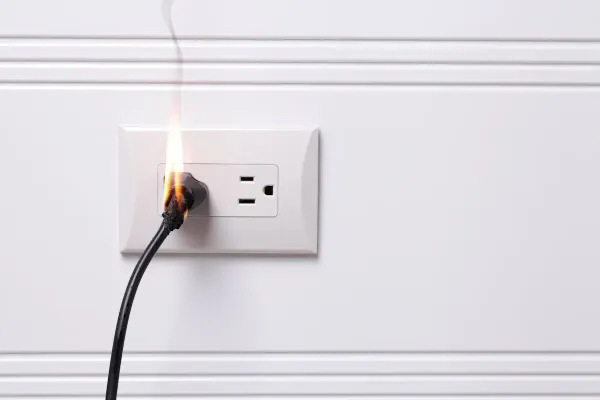Electrical wiring is an integral part of any building, ensuring the smooth operation of electrical appliances and systems. However, the myriad of wire colors can often be confusing for homeowners and DIY enthusiasts. Understanding what these colors represent is not just a matter of curiosity but a critical aspect of safety and proper electrical system functioning. This guide will delve into the meaning of different electrical wire colors, ensuring you're well-informed and prepared for any electrical project.
What Do Electrical Wire Colors Indicate?
Electrical wire colors are not arbitrary; they are part of a standardized color code that helps identify each wire's purpose in the circuit. This system simplifies installations, repairs, and maintenance, ensuring safety for electricians and homeowners alike.
Standard Wire Colors and Their Meanings
Black Wires - Hot or Live Wires
Black wires are generally used as hot or live wires. These wires carry electricity from the power source to the electrical device. In a standard household electrical setup, black wires are often used for switches or outlets.
Red Wires - Secondary Live Wires
Like black wires, red wires also carry electricity. However, they are used in certain types of connections, like interlinked smoke detectors, or as a secondary hot wire in 220-volt installations.
Blue and Yellow Wires - Hot Wires for Switch Legs
Blue and yellow wires usually act as hot wires in more complex circuits. They are often found in switch legs (the wire connecting a switch to the fixture it controls) and may carry power to outlets and light fixtures.
White and Gray Wires - Neutral Wires
These colors indicate neutral wires. They complete the electrical circuit by returning the electricity to the service panel after it has passed through the electrical device.
Green and Bare Copper Wires - Ground Wires
Green wires, or bare copper wires without insulation, are used for grounding. They provide a safe path for electricity to return to the ground if there's a fault in the system, preventing electric shock.
Understanding Wire Color Variations
The standard wire colors mentioned above are typical in most residential and commercial buildings. However, different countries might follow different standards. For instance, in Europe, the color coding system for electrical wiring is different from that in North America. Always consult local codes and standards when dealing with electrical systems.
Safety Precautions and Best Practices
Never Assume
Always check the wire's function with a multimeter or voltage tester, regardless of its color.
Stay Updated with Local Codes
Electrical codes can vary by region. Ensure you're familiar with your area's specific regulations.
Professional Consultation
If you're unsure about handling electrical wiring, it's always best to consult a professional electrician.
The Importance of Adhering to Color Codes
Adherence to the standard color coding of wires is not just a matter of following rules; it is a critical safety measure. Incorrect wiring can lead to short circuits, electrical fires, or even electrocution. Therefore, understanding and respecting the color codes is essential for anyone working with electrical systems.
Special Circumstances and Exceptions
In certain situations, wire colors may not follow the standard conventions. For example, in a switch loop, the white wire may be used as a hot wire. In these cases, it's usually marked with black or red tape to indicate its purpose. Awareness of such exceptions is crucial for safe electrical practices.
The Role of Wire Color in Troubleshooting
Knowledge of wire color coding is not only useful during installations but also plays a vital role in troubleshooting electrical problems. By understanding what each color represents, you can more easily identify issues and understand how the circuit operates. This knowledge is invaluable for both DIY fixes and explaining problems to professional electricians.
Advanced Applications and Smart Homes
In modern homes, especially those equipped with smart technology, you might encounter additional wire colors. These are often used for data transmission and require a different approach. While the basic principles of color coding apply, additional research or professional assistance might be necessary for dealing with these advanced systems.
Conclusion
Understanding the nuances of electrical wire color codes is crucial for anyone dealing with electrical systems, be it for a simple DIY project or complex installations. Colors like white or gray wires typically represent the neutral wire, while orange wires are often used for higher voltage or heavy-duty applications. The ground wire, usually a green wire or a bare wire, is fundamental for safety, providing a path to ground in case of a fault. The presence of a yellow stripe on a wire often indicates it is a hot wire, used in switch legs or certain types of appliance connections.
Navigating through the colorful world of electrical wires can be daunting, but a clear grasp of these color codes can significantly enhance your understanding and execution of any electrical task. Whether you're deciphering the purpose of colored wires in a new setup or replacing old wiring, respecting these color codes is not just a matter of following industry standards—it's a crucial step towards ensuring safety and efficiency in your electrical endeavors. Remember, when in doubt, consult a professional electrician to handle complex situations or when you encounter unfamiliar wiring configurations.






